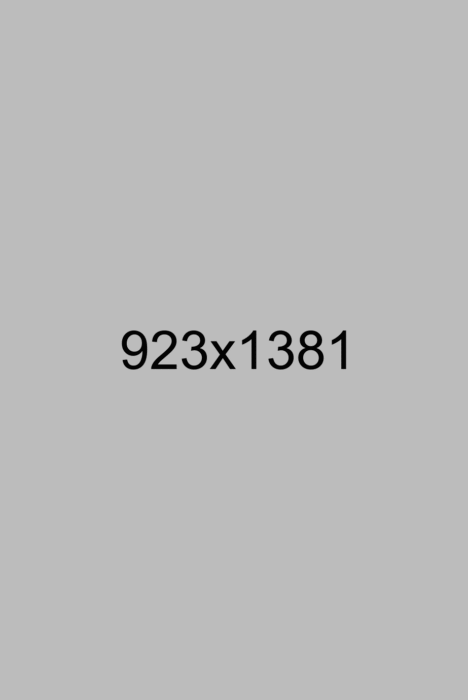Reading Guide Central
Your complete guide to choosing perfect books for every age and stage of development
How to Choose the Right Book for Every Age Group
Why Age-Appropriate Book Selection Matters
Choosing the right book isn’t just about finding a good story – it’s about matching a reader’s developmental stage, cognitive abilities, and interests with content that will challenge, engage, and inspire them. The right book at the right time can spark a lifelong love of reading, while the wrong choice might discourage a budding reader forever.
From board books that teach babies about cause and effect to young adult novels that explore complex moral dilemmas, every age group has unique needs and preferences. Understanding these developmental milestones helps parents, teachers, and librarians guide readers toward books that will not only entertain but also support cognitive, emotional, and social growth.
Age Groups & Developmental Reading Stages
Babies & Toddlers (0-3 years)
Developmental Characteristics:
- Sensory Learning: Books are explored through touch, taste, and sight
- Limited Attention Span: 2-5 minutes maximum for very young children
- Language Development: Beginning to associate words with objects and actions
- Cause & Effect: Learning that actions have consequences through interactive books
- Routine Building: Repetition and familiarity create comfort and learning
Perfect Book Choices:
Key Features: Board books, textured pages, flaps to lift, simple rhymes, high-contrast colors, minimal text (1-3 words per page)
Preschool to Early Elementary (4-8 years)
Developmental Characteristics:
- Emerging Literacy: Learning letters, phonics, and basic sight words
- Story Structure: Beginning to understand beginning, middle, and end
- Extended Attention: Can focus for 10-20 minutes with engaging content
- Imaginative Play: Love fantasy, talking animals, and magical elements
- Moral Development: Learning about right and wrong through stories
- Independence: Moving from listening to attempting independent reading
Perfect Book Choices:
Key Features: Picture books, rhythmic text, repetitive patterns, colorful illustrations, simple sentence structures, 32-48 pages
Middle-Grade Readers (9-12 years)
Developmental Characteristics:
- Independent Reading: Can read chapter books without assistance
- Complex Plots: Enjoy multi-layered stories with subplots
- Character Development: Interested in character growth and relationships
- Social Awareness: Exploring friendship dynamics and social situations
- Adventure Seeking: Love quests, mysteries, and exciting challenges
- Series Reading: Often prefer book series with familiar characters
Perfect Book Choices:
Key Features: Chapter books, 100-300 pages, relatable protagonists aged 10-13, themes of friendship and adventure, some illustrations
Teen & Young Adult (13+ years)
Developmental Characteristics:
- Identity Exploration: Questioning who they are and their place in the world
- Complex Emotions: Processing intense feelings about relationships and life
- Social Issues: Interested in justice, fairness, and societal problems
- Abstract Thinking: Can handle sophisticated themes and moral dilemmas
- Relationship Focus: Romance, friendship, and family dynamics are central
- Future Orientation: Thinking about college, careers, and adult life
Perfect Book Choices:
Key Features: 250-400+ pages, protagonists aged 14-18, mature themes, complex character development, sophisticated language, few or no illustrations
Understanding Reading Levels vs. Age
“The most important thing to remember is that reading level and age don’t always align. A 10-year-old might be reading at a 7th-grade level, or a 12-year-old might still enjoy picture books. Meet children where they are, not where you think they should be.”
